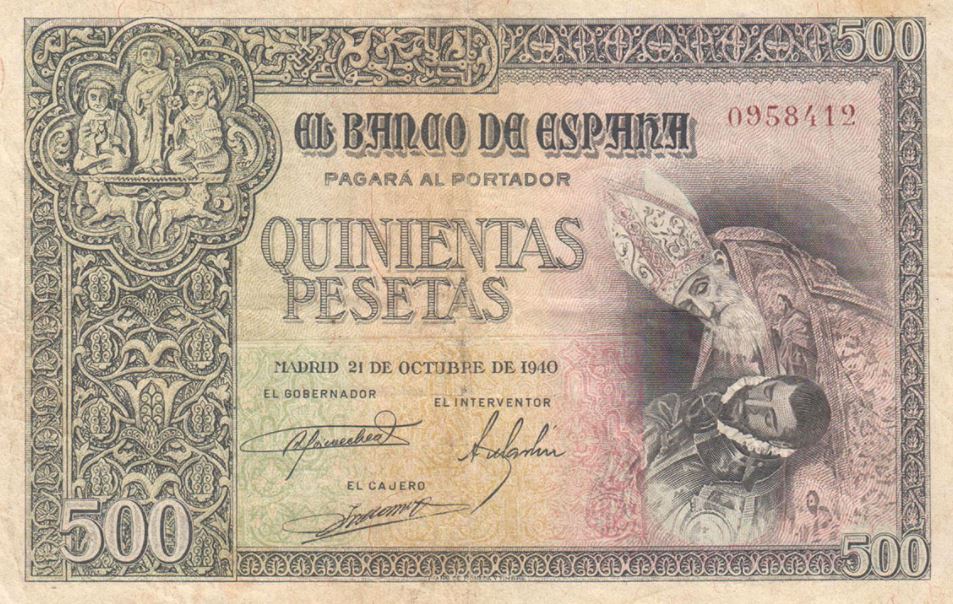One of the most famous paintings of the late 16th century is one of the most fascinating works in the oeuvre of Mannerist Painter Doménikos Theotokópoulos (1541-1614), commonly known by his nickname “El Greco.”
Let’s take a closer look at some of the most interesting facts about a painting called “The Burial of the Count of Orgaz,” an astonishing work of art that has been referred to as one of the defining works in Western Art.
1. It was painted 10 years after El Greco settled in Toledo, Spain
El Greco was a Greek painter who was born in the Kingdom of Candia, modern-day Crete in Greece. He was also initially trained there but quickly moved to the Republic of Venice where he came to know the works of some of the most famous Renaissance artists at the time such as Titian and Tintoretto. Jacopo Robusti would eventually end up becoming his biggest inspiration.
He also moved to Rome where he saw the works of Michelangelo and Raphael before moving to Spain. His original plan was to become the court painter in Madrid, but he eventually ended up settling in Toledo in the year 1577.
Even though he didn’t plan to do so, this city eventually ended up becoming his home and the place where he created most of his masterpieces, including this one and the famous “View of Toledo.”
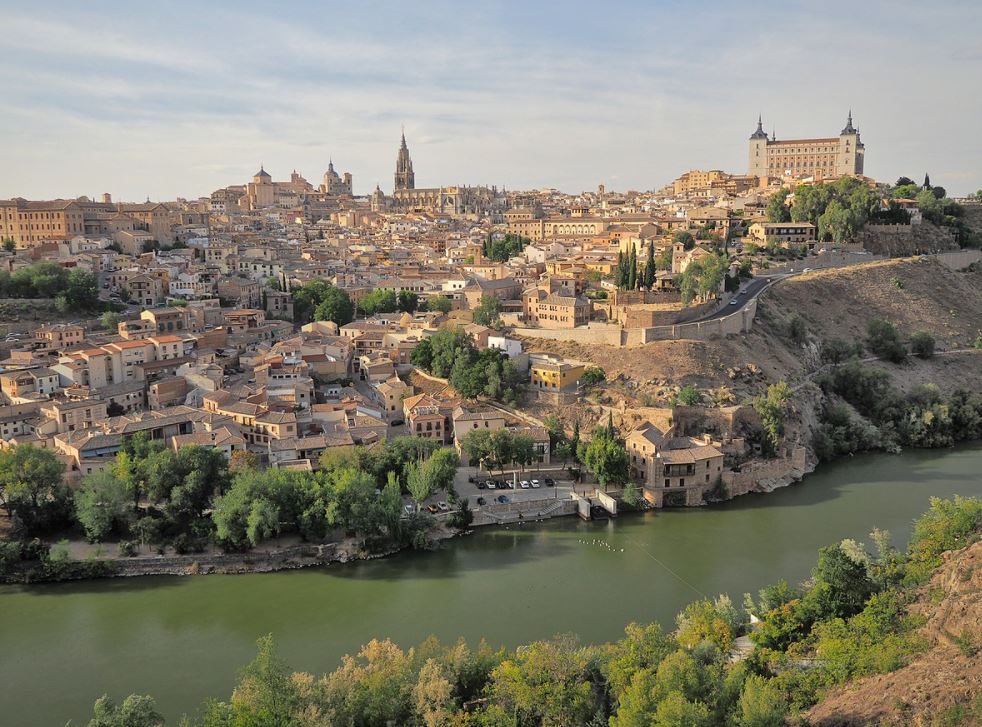
2. It’s one of the artist’s largest works
The contract for the painting was signed on March 18, 1586, at a time that El Greco already was the most renowned painter in the city of Toledo.
It was completed in late-1587 and was created on a monumental scale. The dimensions of the oil on canvas painting are 480 × 360 centimeters (190 × 140 inches).
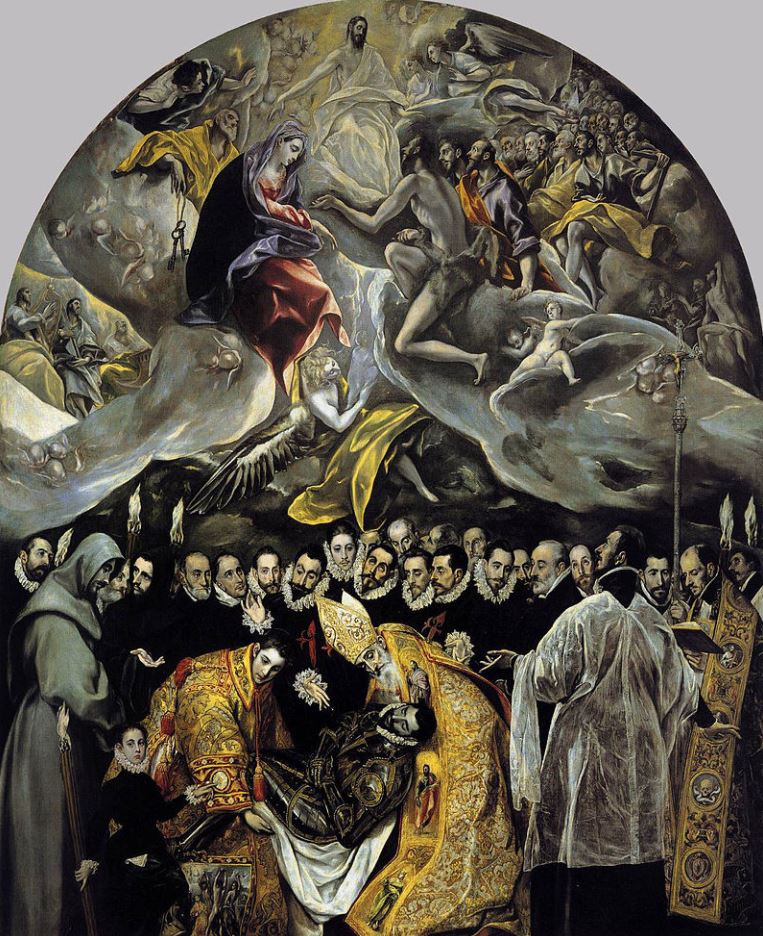
3. It was commissioned to decorate a church in Toledo
The main reason why the painting was so big is that it was commissioned to decorate the Iglesia de Santo Tomé, the parish church of Toledo that is located just outside of the city walls but within the historical center of the city.
It was ordered by the parish priest at the time as the final ornament in the side-chapel of the Virgin of the church of Santo Tomé.
The painter eventually received 13,200 reales for his work, the currency in Spain at the time which ended up being replaced by the peseta in 1886.
Remarkably, the painting still resides in the fascinating church in Toledo that it was originally commissioned for!
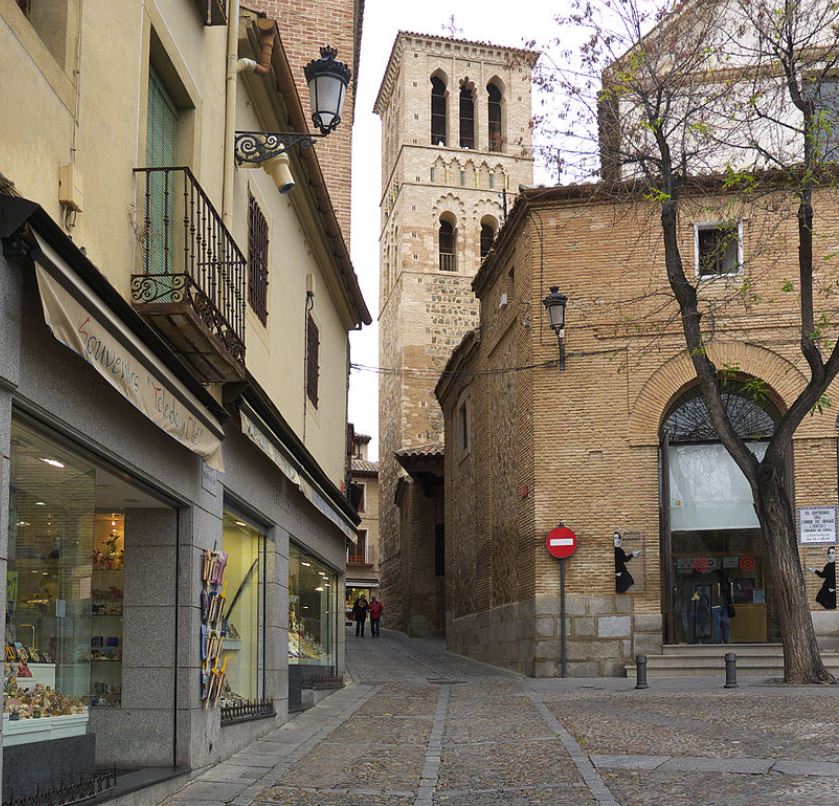
4. It depicts a popular legend that took place in the 14th century
The Burial of the Count of Orgaz depicts one of the most popular legends in Toledo at the time. We see the burial of a certain Don Gonzalo Ruiz de Toledo. He was the mayor of the town of Orgaz and was murdered in the year 1312.
The man had apparently a very good heart and was considered to be a true philanthropist who used his money for the betterment of his community. He also left money to improve the church of Santo Tomé.
The story of the legend mentions that two saints descended from heaven, Saint Stephen and Saint Augustine, and buried the man themselves. The painting, therefore, depicts the two saints and the amazed people present at the burial.
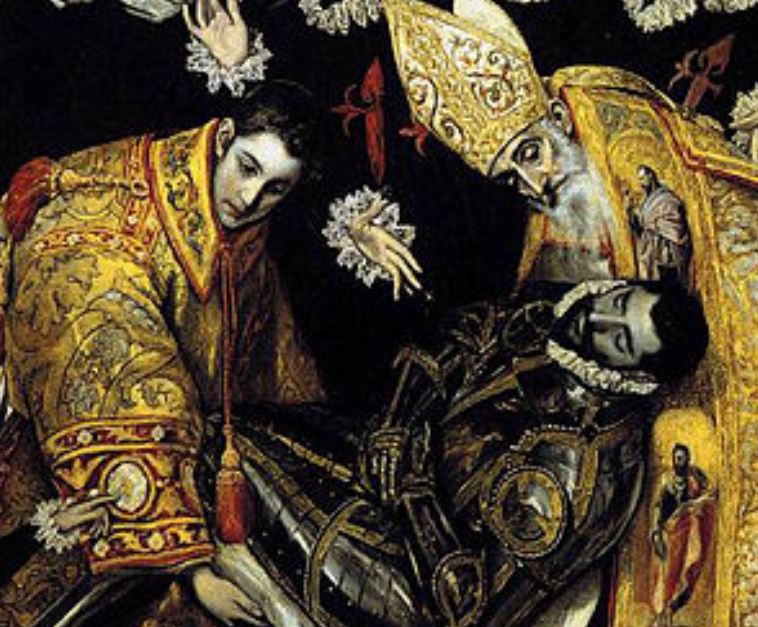
5. The painting is divided into 2 distinct different sections
One of the most amazing facts about The Burial of the Count of Orgaz is that El Greco managed to intertwine two different sections to form a completely harmonious ensemble.
The upper part of the painting represents the heavenly sphere in which the deceased man will be welcomed. The clouds have parted and we see Jesus Christ, the Madonna, and Saint John, surrounded by Apostles and martyrs.
The lower part of the painting depicts the actual miracle that is unfolding and represents the earthly world. Everything in the lower part is painted in an extremely realistic manner, including the dimensions of all the figures.
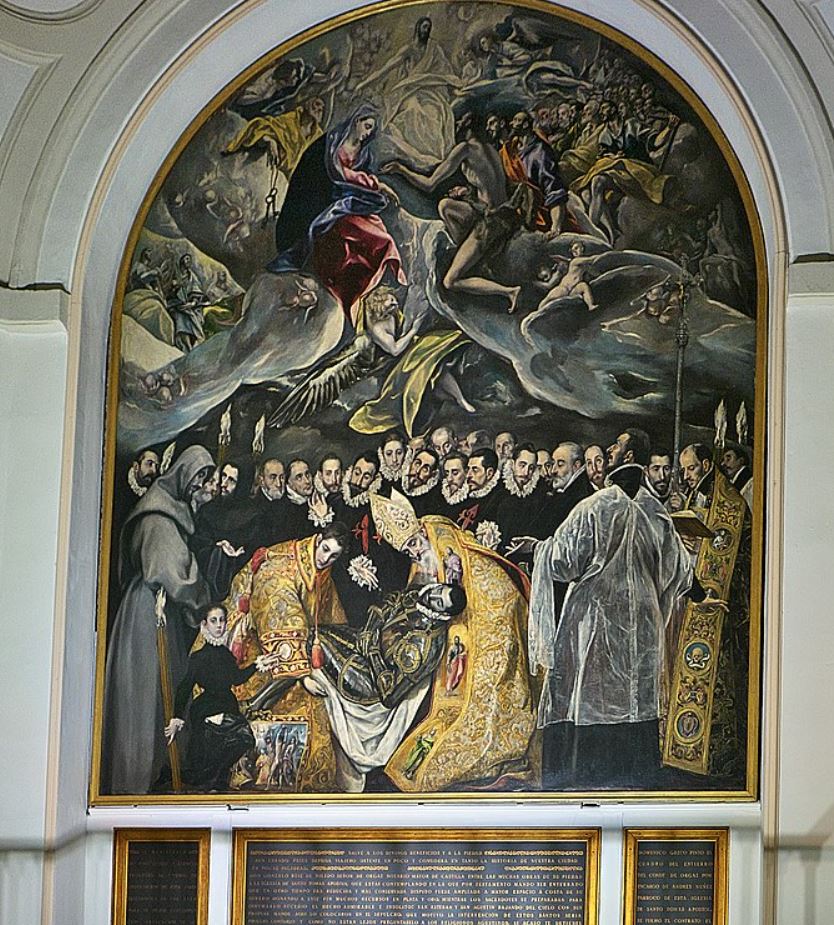
6. The composition could be modeled on a Byzantine painting
El Greco was trained in Byzantine art during his early years in Crete and created multiple works in this style. One of the most interesting is called the “Dormition of the Virgin,” one of his final works in Crete and was created before 1567.
The composition of this painting is remarkably similar to the one of The Burial of the Count of Orgaz, so it’s likely that the latter was influenced by one of his early works, over 20 years earlier.
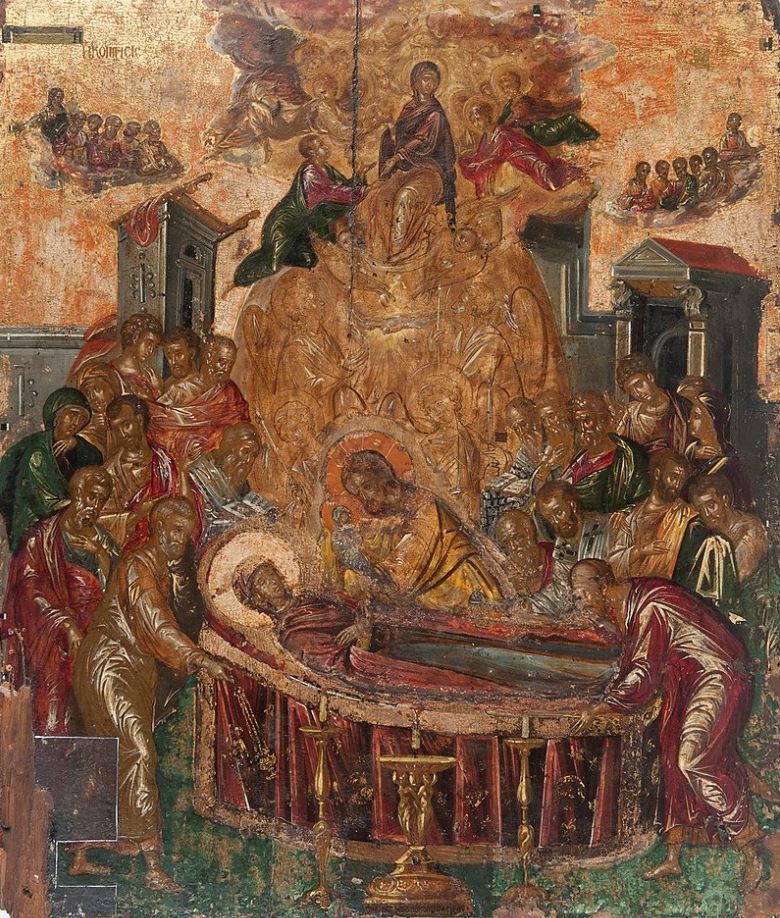
7. We can see the dead man’s soul being lifted up to Heaven
The most praised element of the painting apart from its extreme level of realism (especially in the lower section) is the smooth transition between the earthly and the heavenly world. Both sections of the painting blend into each other in a genius manner.
One of the most interesting details of the painting is the central part. Here we can see the soul of the Count being guided upwards by an angel from earth to the heavenly section above.
This section is referred to as the “assumptio animae,” which pretty much means a “rebirth” into another dimension.
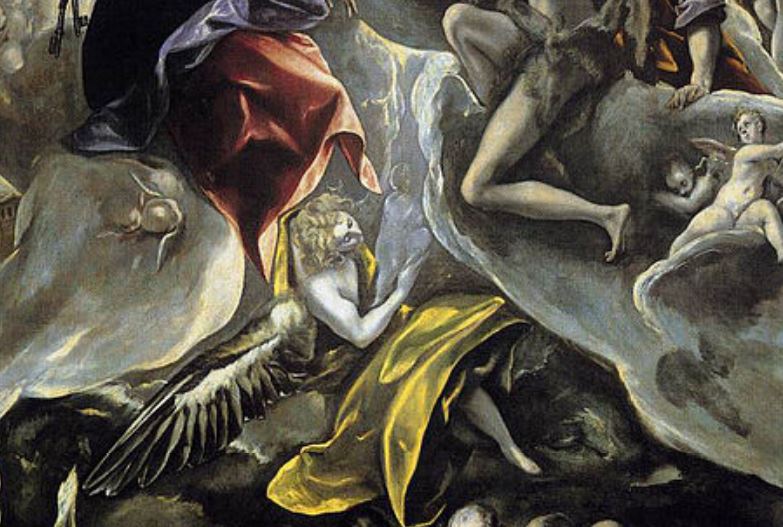
8. The King is in the upper part even though he was still alive
Apart from the 3 main figures in the upper section, we can also fin depictions of famous Biblical figures here such as Moses, Noah, and David.
One remarkable figure in this section is King Philip II of Spain, a man who was still alive when the painting was completed (he was King of Spain between 1556-1598).
The fact that he is already residing in the heavenly section of this painting might have something to do with the fact that the King rejected the only two commissions he gave to El Greco, so it might just be a form of revenge on the artist’s part.
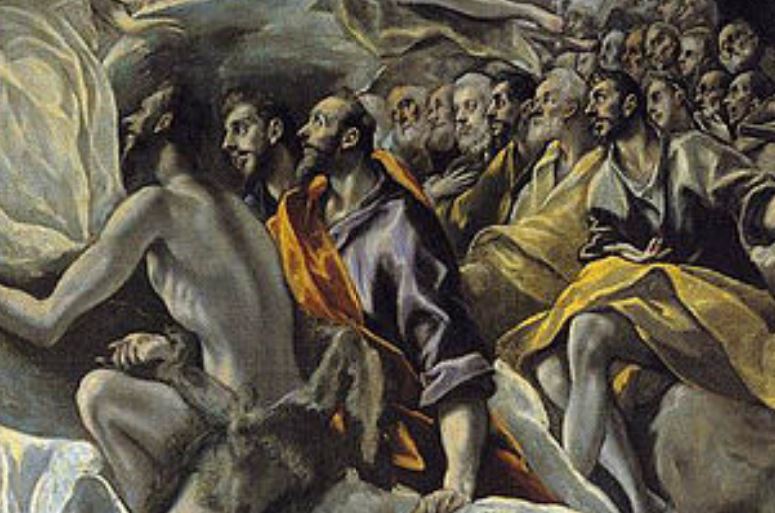
9. El Greco included himself and his son in the painting as well
Upon closer inspection, we can see that the painter also included himself in the painting, just above the raised hand of a man identified as being a member of the Order of Santiago.
One of the most prominent figures in the lower section who draws a lot of attention to himself with his pointing finger is a little boy. This boy has been identified as being the son of the artist named Jorge Manuel.
We know because the signature of the painter was included on the handkerchief inside the boy’s pocket with the date 1578, the year that he was born.
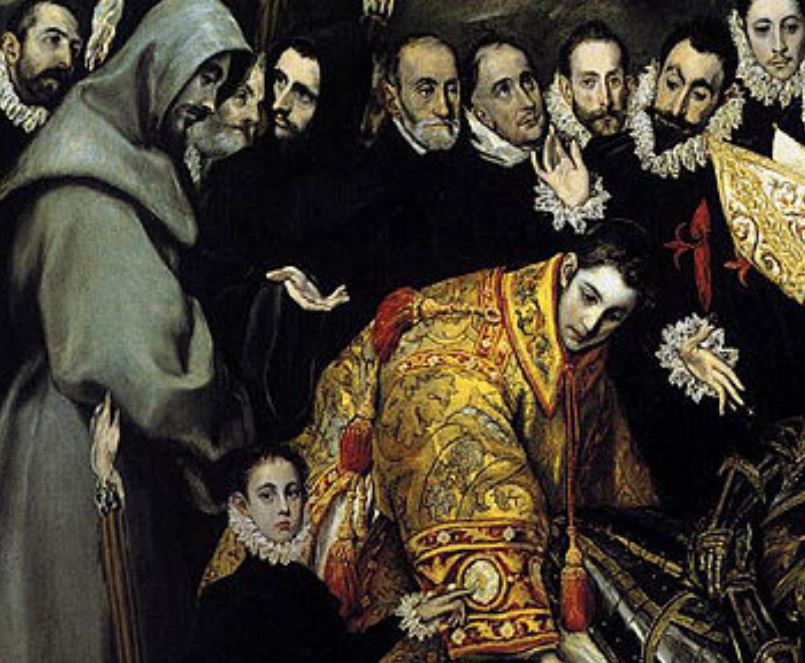
10. The painting was a hit among locals for a particular reason
The painting became an instant attraction in the city of Toledo, and not only because of the fact that it’s an incredible work of art. The main reason is that it depicts numerous important people who lived in the city of Toledo back then in an extremely realistic manner and dressed in contemporary clothes.
One of the notable men depicted in the lower section is Gaspar de Quiroga y Vela, the Archbishop of Toledo between 1577 and 1594. El Greco depicted him as Saint Augustine, one of the saints who had descended from heaven according to the legend.
A Spanish historian named Francisco de Pisa summed up the attraction of the painting as follows in 1612:
The people of our city never grow tired of this painting because it depicts realistic portraits of many notable men of our times.
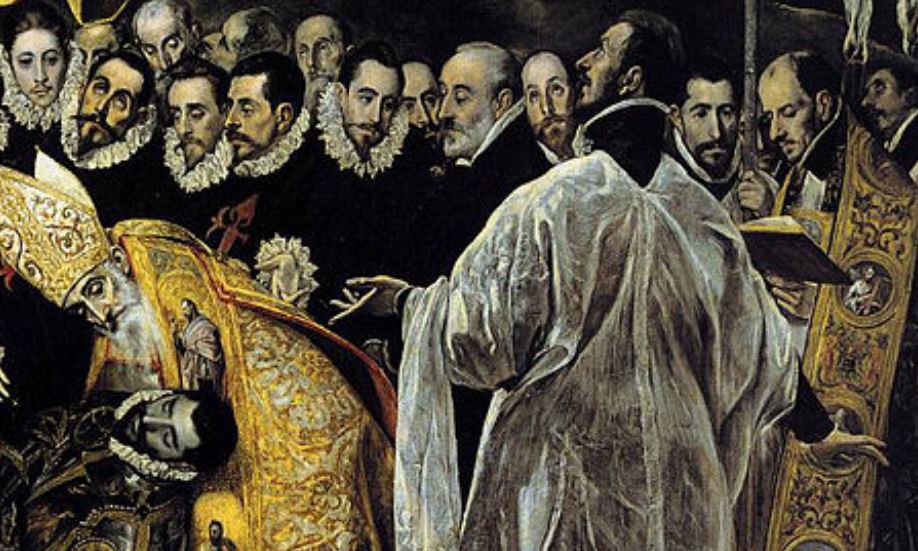
11. It has been celebrated unanimously by art historians
The people of Toledo aren’t the only ones who admired this work of art. All art historians unanimously agree that this isn’t just the Magnum Opus of El Greco, but also one of the most fascinating works ever created in Western Art.
Even Albert Einstein once admired the painting and referred to it as “one of the most profound images I have ever seen.”

12. Part of it was once included on Spanish banknotes
The painting is of great cultural importance in Spain as well, something emphasized by the fact that just about every Spaniard once saw the central part of the painting on a regular basis.
During the 20th century, the faces of the Count and the Archbishop of Toledo (depicted as Saint Augustine) were once featured on the 500 peseta banknote.
